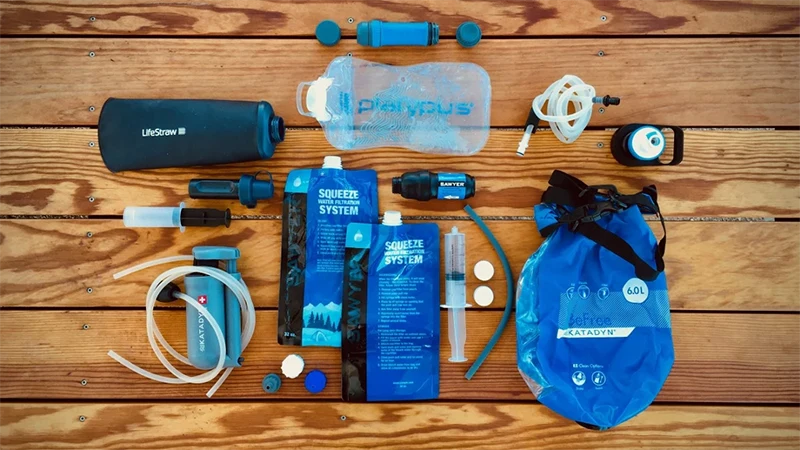

Build a Hurricane Survival Kit: 18 Must-Have Items and How To
There are some regions of the world that experience hurricanes regularly. Hurricanes are massive storms that bring torrential rainfall, damaging winds, and flooding.
One of the best ways that you can be prepared is to create a hurricane survival kit. But what should go into the kit? And where should you keep it? To answer that, let’s jump right into the article.
Where to store your Hurricane Survival Kit?
When it comes to survival supplies the old saying, “you shouldn’t keep all of your eggs in one basket,” always comes to mind.
This is especially true as it relates to the topic of this article as well as dealing with other natural disasters.
When a hurricane happens, it can cause widespread damage. It would be helpful if supplies could be spread out between different locations, such as in the home, a garage, a vehicle, and a secondary location.
However, this doesn’t mean that the kit itself should be split up. For example, do no put all of your water supply in one location and all of your tools in another location. Make as complete a kit as possible for each location.
One problem with hurricanes is flooding. Having a kit in your vehicle and the lower level of your home may not be ideal if flooding comes on quickly. This doesn’t mean having multiple kits isn’t a bad idea but remember to take flooding into account when placing your kits. For this reason, there should be a kit situated at the highest level of your home. For example, on the second level or in an attic.
Finish reading Bryan Lynch's article on hurricane survival kits here.
From the Squad
Campfire conversations with our community, from Squad Members and Ambassadors to Brand Partners and the Sawyer team.

















